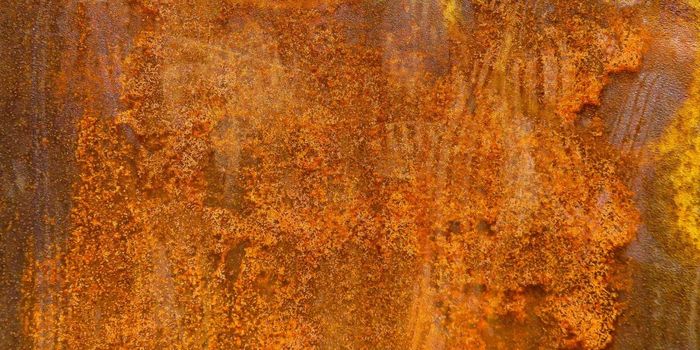Have you ever looked up at a bird soaring in the sky high above you and wondered how they do it? Flying has captured the human imagination for a long time and when Wilbur and Orville Wright successfully took the first short powered flight at Kitty Hawk on December 17, 1903, transportation as we knew it changed. The mechanics of flight, be it a plane or a bird, are fascinating but actually quite simple. It's all about the force and making sure that the force pulling the bird or plane down is less than the force pushing it up.
Like on any object with mass, gravity exerts a force on a bird or plane that pulls it down, or more specifically, towards the Earth's core. In flight, the force that works against that is lift. Both birds and planes' wings are shaped in what's called an airfoil. This means that air passing over the top has to travel a longer distance than air passing under the bottom of the wing so it speeds up as it goes over the top. This produces the difference in pressure above and below the wing, lifting the bird or plane up.
The other force in the picture of flight mechanics that a bird or plane must overcome is drag. Thrust is the force opposite drag and in a bird, thrust is achieved by moving the wing up and down in an almost swimming-like motion. For planes, thrust is achieved with a motor.
Birds have other specific adaptations to help them fly: their hollow bones, strong breast muscles, and large lungs help them physiologically support their skyward missions!








